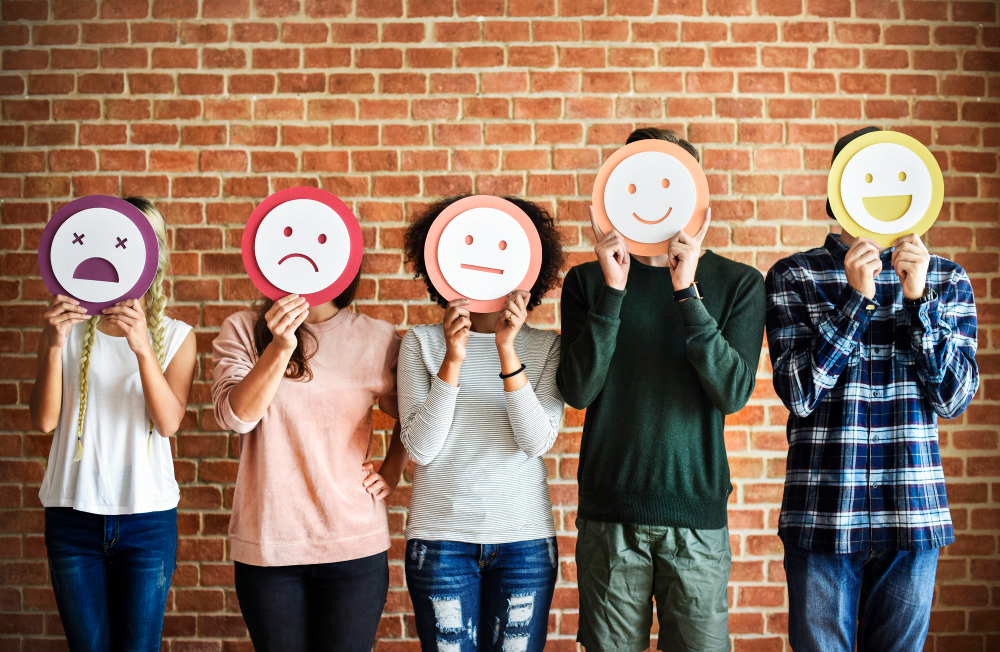Creative expression gives young people an outlet to process emotions that might feel too big to handle. Art, music, and writing are well-established tools for building emotional strength, so calling them hobbies almost sounds dismissive.
Here’s a closer look at how creative practices promote calmness and build resilience. If you’ve ever wondered why picking up a paintbrush or jotting lyrics feels so grounding, keep reading.
The Science Behind Creative Outlets and Emotional Regulation
Engaging in creative expression has measurable effects on the brain. It actively changes how the body handles stress.
Studies highlight several benefits. Specifically, being creative:
- Activates areas of the brain tied to pleasure and reward
- Lowers cortisol, the hormone linked to stress
- Encourages a state of flow, reducing overthinking
Creative activities help process emotions without needing words. For young people, this nonverbal release feels safer than direct confrontation with their feelings.
Neuroscientists suggest making something with your hands, such as drawing or sculpting, connects thought to action, giving an immediate sense of control when life feels chaotic.
Art therapy programs back this up with results like fewer anxiety symptoms and stronger coping skills for participants.
Using creativity as an emotional tool means young people don’t suppress what they feel, and instead they work through it naturally. This builds confidence in managing future emotional challenges head-on.
How Music Soothes the Overwhelmed Mind
Music is a universal language that directly impacts emotions. It turns down the dial on overstimulated senses and gives young people a healthy way to process stress.
Benefits of engaging with music include:
- Slowing heart rate through calming rhythms
- Releasing dopamine, creating feelings of happiness
- Providing structure, which eases anxiety
As discussed in the Autism Parenting Magazine guide to meltdowns, a musical instrument can effectively calm by focusing attention and promoting rhythmic movement. Playing or even listening becomes an anchor during emotionally overwhelming moments.
Young people often connect deeply with lyrics or melodies that mirror their experiences. This creates validation and a reminder tthat hey aren’t alone in their struggles.
Group settings like bands or choirs also encourage social bonds while fostering emotional release through shared sound. Weaving music into everyday routines means they gain both comfort and confidence when navigating high-stress periods effectively.
Visual Arts as a Tool for Processing Feelings
Creating visual art provides a physical way to release emotions. It turns domineering feelings into something tangible, offering clarity when thoughts feel jumbled.
Benefits of using visual arts include:
- Translating complex emotions into color and form
- Reducing stress through repetitive, soothing movements like sketching or painting
- Improving focus by shifting attention from internal turmoil to creative action
Art lets young people express what they may struggle to say with words. Abstract drawings or collages become a safe space where their inner world can take shape without judgment.
Using textures, like clay, paint, or even simple crayons, helps them ground themselves in the present moment. This tactile experience reinforces calm during heightened emotional states.
Art journals combine self-expression with reflection by pairing imagery and writing. This dual approach encourages both creativity and personal insight while establishing long-term emotional resilience.
Writing Your Way Through Stressful Moments
Writing offers a private, judgment-free space to process overwhelming emotions. Whether it’s journaling or poetry, putting feelings into words can provide relief and clarity.
Benefits of writing include:
- Organizing chaotic thoughts into manageable ideas
- Offering emotional distance by framing problems in text
- Encouraging reflection and deeper understanding of personal experiences
For young people who feel hesitant to talk openly about their struggles, writing becomes an outlet they control completely. A blank page welcomes honesty without fear of criticism. And while we might be living in the age of automated writing tech, this really isn’t a substitute for the real thing in the context of keeping young people calm.
Creative formats like short stories or song lyrics allow emotions to surface indirectly, which feels less intense than addressing them head-on. Freewriting exercises, where the focus is on writing continuously without self-editing, help release built-up tension quickly.
Over time, written records show growth and resilience as challenges are faced and worked through with thoughtful self-expression.
The Last Word
The simple truth is that creative expression equips young people with powerful tools to handle life’s emotional challenges.
Whether through music, art, or writing, these outlets make them more resilient and fuel their self-awareness.
Encouraging youngster to explore their creativity is a way of helping them manage stress, which in turn equips them with the tools they need to take on the wider world more confidently.

